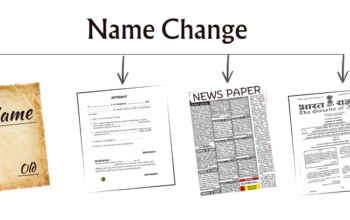The foreign currency (Forex) market has changed significantly over time, from the elimination of physical trading floors to the introduction of computerized trading platforms and, more recently, the rise of algorithmic trading. One type of automated trading is known as “algorithmic trading,” or “algo-trading,” and it involves the processing and analysis of massive volumes of data at speeds and frequencies that would be impossible for a human trader. Is algorithmic trading the future of Forex, or does it involve some substantial risks? this strategy’s rising popularity begs the issue.
However, there are many benefits to using algorithms in trading. Time is of the importance in the high-stakes arena of foreign exchange. Algorithms can process vast amounts of data and complete transactions in a matter of milliseconds. This lightning-fast response time allows traders to take advantage of tiny market inefficiencies that a person would likely overlook. Automated trading algorithms can function around the clock, tracking market activity all around the world.
Accuracy and speed are crucial to the success of algorithmic trading. Since algorithms eliminate room for human error, they can confidently guarantee a high level of precision when making deals. This efficiency could be especially useful for large institutional traders or high-volume hedge funds. Algorithmic trading also makes it easier to employ several trading strategies, which improves transactions across a broad spectrum of currency pairs and market conditions.
As a result of the obvious advantages of algorithmic trading tools and platforms, several brokers now make them available to their customers. By providing cutting-edge platforms favored by tech-savvy traders, brokers gain an edge in a highly competitive market.
The knife can be used however you like. The risks that could arise from utilizing algorithms in trading are just as interesting. Algorithms may make hasty trading judgments because of the quick price swings on the foreign exchange market. Because they rely on pre-defined criteria and historical data, these algorithms may not always be adept at handling unusual market upheavals or black swan events.
Overreliance on algorithms can sometimes lead to a herd mentality. Market volatility can increase when numerous traders employ the same algorithmic strategies, leading to huge buy and sell orders being executed in reaction to prearranged triggers. The sudden drop in market value in 2010’s Flash Crash was mostly due to algorithmic trading.
The problem of unequal treatment in business is another factor. Retail traders may be at a disadvantage to high-frequency trading firms and institutions because they lack the resources to develop sophisticated algorithms and the supporting infrastructure. While in principle any forex broker might provide algorithmic trading tools, differences in complexity could lead to unfair advantages or disadvantages for traders.
The emotional biases of humans are eliminated by computers, but this comes at the expense of opening up new weaknesses in the system. Even a minor error in the code may have catastrophic financial consequences if it were to fail. Thus, it is imperative that traders and institutions invest in not only the development of trading algorithms, but also in their testing and quality verification.
Then, where does it leave the debate? There is no denying the prevalence of algorithmic trading in the forex market. Its appeal stems from its faster processing speeds, increased efficiency, and improved accuracy. The fact that a major forex broker has included this development in their services is evidence of the trend’s growing importance.
Like any tool, its effectiveness is directly proportional to the user’s proficiency with it. Traders need to strike a balance between relying too heavily on algorithms and not paying enough attention to the market. Algorithmic trading, in sum, is neither the panacea nor the harbinger of doom for the trading industry. A useful, albeit flawed, tool. Its potential in FX trading depends on both technological advancement and the foresight and judgment of its users.




